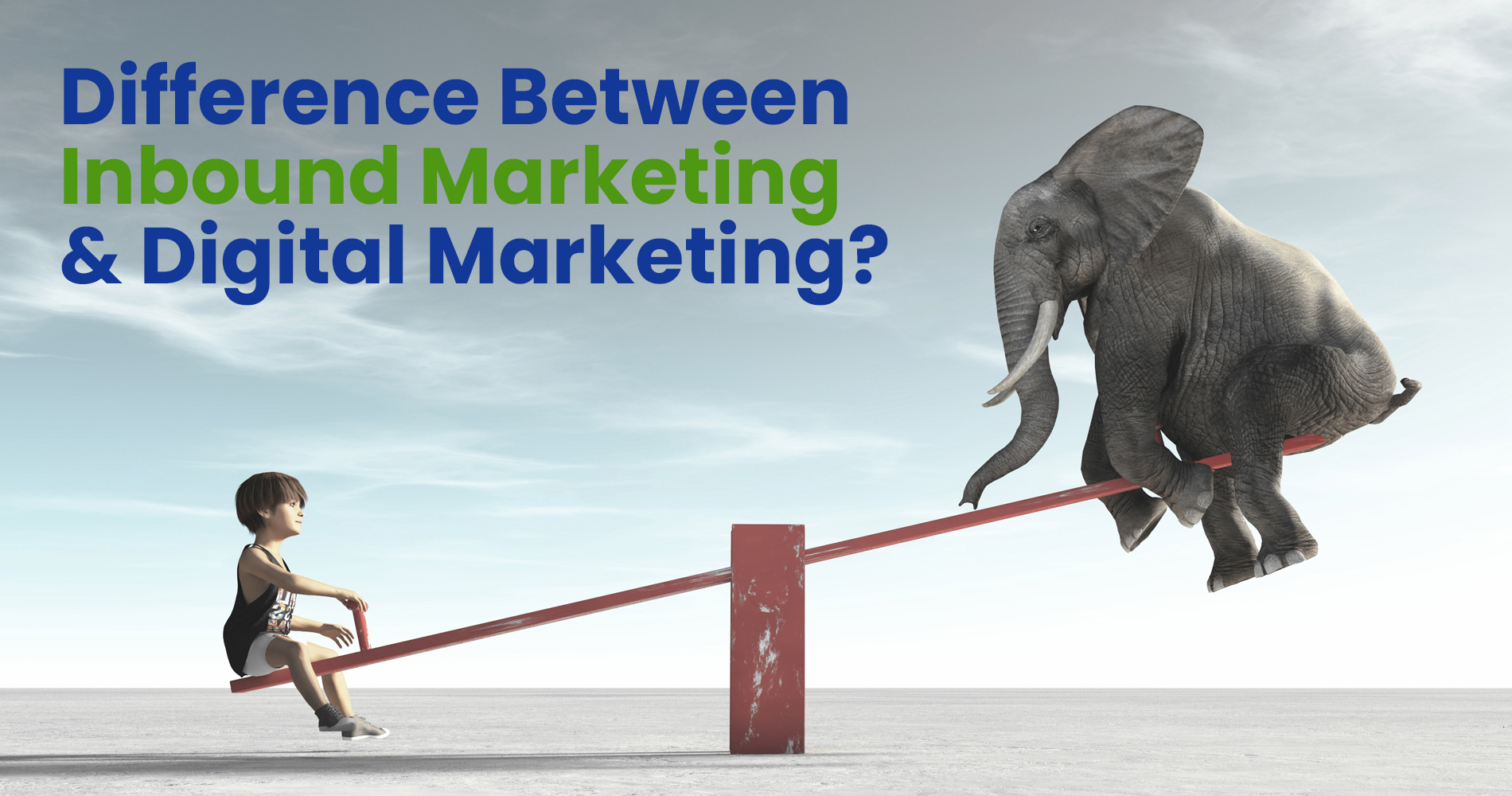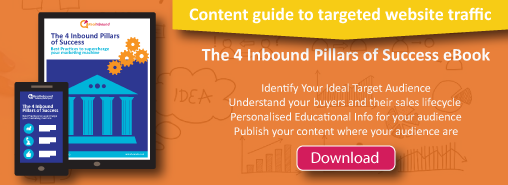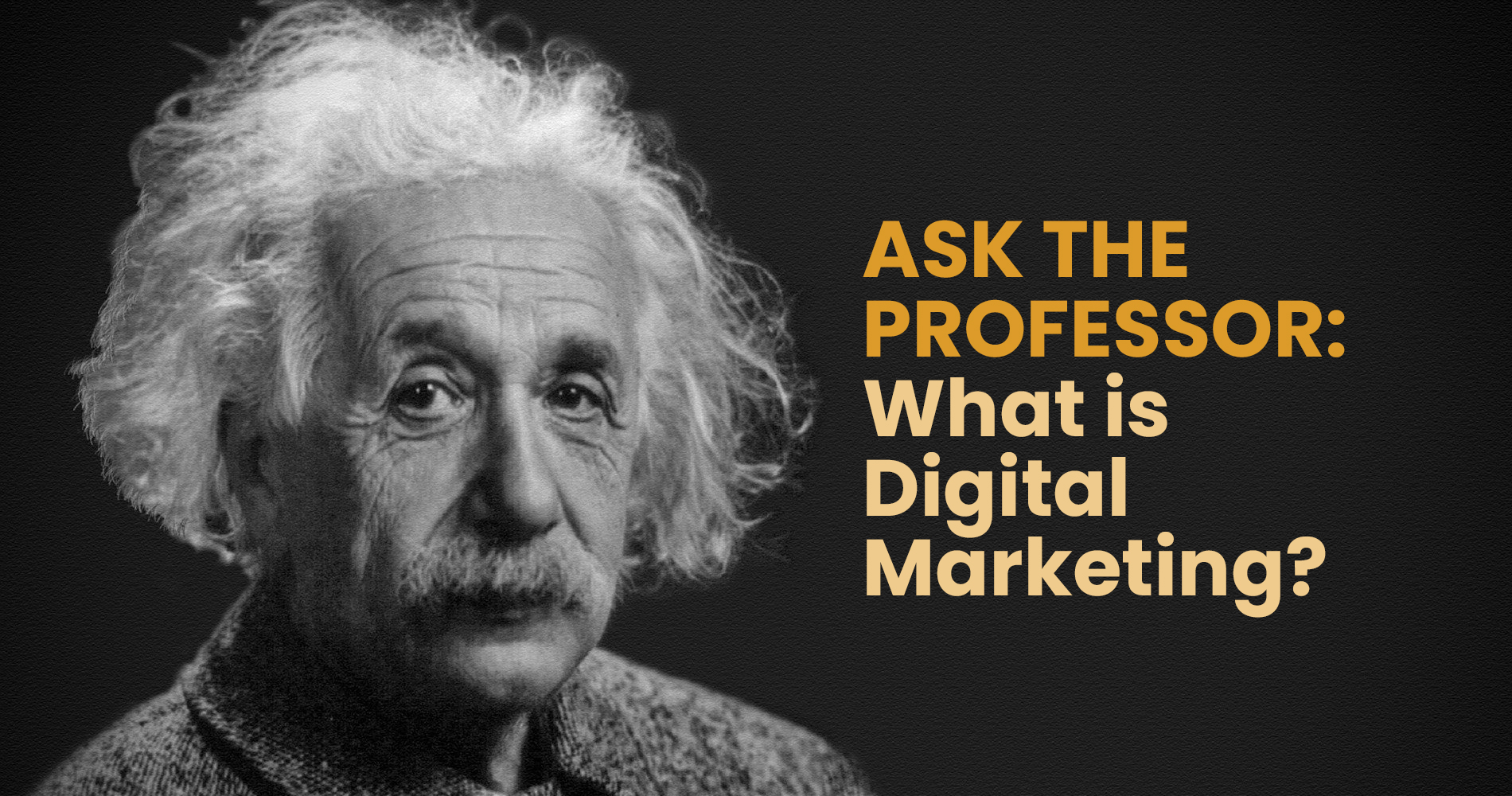Digital marketing is a complex field made up of several different types of marketing. And when you add in the amount of jargon used in the marketing world, it can be overwhelming for a newbie. Depending on what you're trying to accomplish, you may be better off focusing on a particular aspect. The different types of marketing vary in who the main audience is, what the message is, where it's being distributed, what you're selling, and how you're selling it.
If you’re a small business owner looking for a solid marketing strategy, what do you gravitate towards? Do you think about all the advertising options available to you, including pay-per-click ads, display ads, social media ads, and search engine optimisation? Or do you think about inbound marketing as an option? Inbound marketing and digital marketing are often used interchangeably, but understanding the difference between inbound marketing and digital marketing is important. In this blog, we’ll talk about the difference between inbound marketing and digital marketing and how to decide which is right for you:
Digital Marketing
Digital marketing is an increasingly popular strategy to help to push your product or services in front of more potential buyers. Although digital marketing can cost you money, it's all about using the precious little time you have to get your product out there online. Blogging, pay-per-click advertising, social media marketing, search engine optimisation, and email marketing are all good examples to use. This way if you're running a smaller company, and you may not have the money for expensive /longer digital advertisements that run over several weeks or months then these other forms of online advertising are great options for you!
Inbound Marketing
Inbound marketing is like baking. It's a tried and true formula that even today continues to attract new clients for your business. This process employs best practices to build trust, lure qualified leads, make sales and delight your customers.
When you think of inbound marketing as a methodology that uses digital media to achieve a long-term goal, it becomes an easier idea to wrap your head around! Instead of thinking of inbound marketing as just another form of digital marketing, let's start thinking of it as an easy way to promote products or services to potential customers without having to use forms of outbound advertising in the meantime.
The more effectively you can sell your product, even if it’s a rather complex solution, the better results you will reap over time. Longer-term, your company benefits from increased customer satisfaction and improved conversion rates. As such, we believe that an emphasis on inbound marketing has a lasting and sustainable effect for attracting and retaining customers.
When you're selling a complex SaaS product, it's worth your time to take an inbound marketing approach. By taking each of the digital marketing tactics and making them work together, you'll create an effective strategy that provides streamlined delivery of qualified leads over time. This automatically translates to more sales for your business, but what does this mean exactly?
Well-developed content is effective in increasing awareness of your brand to the right audience, who are likely to be potential buyers already aware that they need your product. Thanks to your willingness to put in the legwork into developing this content, you've used it as a catalyst for increased sales through increased exposure!
Interestingly, 53% of marketers surveyed in HubSpot's 2018 State of Inbound report said inbound marketing delivered a better return on investment than outbound marketing.
Inbound Marketing: Which digital marketing strategies should I implement?
Here are a few strategies you can use to make your B2B marketing campaign more successful. Are you familiar with these seven techniques for making sure they work well? Read on.
Content Marketing
Lots of companies (especially new ones) fail at content marketing. This is because they see it as an opportunity to send sales messages about their products to their audience.
Content marketing is not just an avenue to talk about your products and services. Your content materials (blogs, videos, eBooks, social media posts, etc.) are a big factor in attracting leads and customers. So, you must focus on creating relevant, educational, and valuable content that addresses their problems or questions. After all, content is king now!
Social Media Marketing
Social media is a big deal for online marketing these days. But how can you make sure your social pages stand out from all the clutter? Many experts post their opinions on the matter, and one thing they all agree on is that it’s key to give followers ‘behind-the-scenes’ insight into various parts of your company. For example, this might include letting customers look at what goes on during workshops so they know what to expect before deciding whether or not they should take part in the experience.
Local Search Marketing
Optimisation is extremely important to consider. If you're not optimised for Google, then it's hard for search engines to have relevant rankings of your business. Imagine how hard it might be for someone to find you if you don't have a listing on Google Maps! That's why utilising relevant optimisation features like Google My Business are so helpful! It's currently where you can use keywords so people can find your business by search or map depending on their query. You can update products, post events, and even manage your location’s detailed page!
Responsive Web Design
One of the key things to think about when marketing your brand is making sure that you offer a great user experience across multiple platforms, specifically mobile. A lot of people don’t understand what it means to make their website responsive to different screen sizes, but luckily for us, there are plenty of resources online that can help make the process much easier.
Here are some tips to consider
- The easiest step is to not take up all the phone's real estate with text, photos or ads. Keep these to a minimum so that phones aren’t forced to use smaller fonts.
- When using color in your site don't be afraid of black or white backgrounds - these are easy on the eyes and usually load faster than other colors since they take up less bandwidth.
- Lastly, you can rest assured knowing that your customer can see your call to action button any time rather than being hidden behind other unnecessary items when accessed via mobile devices.
Of course, there’s no limit to the number of things you can do to help your business succeed. We want to take a moment and focus on some other exciting possibilities like videos and email marketing. After all, inbound marketing isn't just SEO and remarketing and conversion rate optimisation!
Where do I begin?
The best news is that you likely to have the marketing pieces at your disposal to create an effective inbound marketing campaign. The essentials for this type of marketing are your website, social media channels, video (product demos, ads, etc.), written material (blog posts, ebook/white papers & testimonials), and images (product photos, company photos, etc.). It’s time now to sit down with your team and build a smart marketing plan; one that's specific (to what exactly?), measurable (how can success be quantified?), achievable (is it realistic? boring?) quantifiable (# of impressions - reach), realistic (# of prospects you're able to reach) and timely (when do you expect to see results?).




